Who Is Calling Me From This Number: The Ultimate Guide to Reverse Phone Lookup and Caller Identification
In today’s digital age, the question “who is calling me from this number” resonates with millions worldwide. Whether you’re receiving calls from an unknown mobile number, wondering “who is calling me from this number UK”, or trying to figure out “who is calling me from this number Australia”, understanding the identity of your caller has become both a security measure and a matter of personal convenience. This comprehensive guide will explore the intricacies of caller identification, reverse phone lookup services, legal and privacy considerations, and the best tools and methods available to help you answer that persistent question.
Understanding Reverse Phone Lookup
Reverse phone lookup is a process that allows individuals to determine the identity of an unknown caller by using the phone number as the search key. This technology has evolved significantly over the years, becoming a vital tool in preventing scams, reducing unwanted telemarketing calls, and even helping with personal security.
What Is Reverse Phone Lookup?
Reverse phone lookup is a service that searches public records, social media, and proprietary databases to match a telephone number with the associated name, address, and sometimes additional background information. For example, when you ask “who is calling me from this number”, a reverse lookup tool can provide details about the caller, which may include their location, service provider, and whether the number has been flagged for spam or scam activity.
Reverse phone lookup services are used by:
- Individuals: To screen unknown calls before answering.
- Businesses: To verify the identity of clients or resolve customer queries.
- Law enforcement: As a supplementary tool in investigations.
How Does Reverse Phone Lookup Work?
The process behind reverse phone lookup involves querying a database that has aggregated information from multiple sources:
- Public Records: Government and public directories often hold vast amounts of data on registered phone numbers.
- Telecom Providers: Some services collaborate with telecom companies to obtain additional details.
- User Submissions: Crowdsourced data from users who report spam or scam calls enhances the database.
Also read Decoding telefono 689853690
When you perform a reverse lookup by entering “who is calling me from this mobile number”, the service checks its extensive database and returns the most relevant results. Many tools now offer advanced algorithms to ensure the accuracy and relevancy of the results.
Legal and Privacy Considerations
While reverse phone lookup is a powerful tool, it is important to understand the legal and privacy implications:
- Consent and Data Protection: Many countries have strict regulations regarding data privacy. For example, asking “can i see who is calling me from this number” in a legal context means understanding that certain information may be protected by privacy laws.
- Usage Limits: Not every piece of data is publicly available. Some services might require verification or consent from the individual whose data is being requested.
- Jurisdictional Differences: The legality and the type of information available through reverse lookup vary by country. Queries such as “who is calling me from this number Northern Ireland” or “who is calling me from this number London” may return different levels of detail based on local data protection laws.
Different Scenarios: International and Local Caller ID
One of the major challenges in identifying unknown callers is the variety of scenarios and the international nature of phone networks. Depending on your location or the location of the caller, the details available can vary significantly.
Caller Identification in Different Regions
Below is a table summarizing regional nuances for reverse lookup inquiries:
| Region/Query | Key Details Provided | Additional Considerations |
|---|---|---|
| Who is calling me from this number UK | Name, address, regional service provider details | Local databases and stricter privacy laws in place |
| Who is calling me from this mobile number UK | Carrier info, caller ratings, geographic pinpointing | Enhanced mobile number tracking, affected by number portability |
| Who is calling me from this number Australia | Caller ID details compliant with Australian regulations | Integration with national directories |
| Who is calling me from this number London | Urban data sets, local call history, scam alerts | High frequency of calls; often detailed local records |
| Who is calling me from this number Northern Ireland | Local identification data, historical patterns | Varies based on regional data protection |
| Who is calling me from this number near Manchester UK | Hyper-local data, user reports, scam flags | Focus on area-specific call patterns |
| Who is calling me from this number near Glasgow | Mapping of caller origins, local scam alerts | Enhanced by community reporting |
This table helps users quickly understand how location impacts the data available through reverse lookup tools.
Tools and Methods for Caller Identification
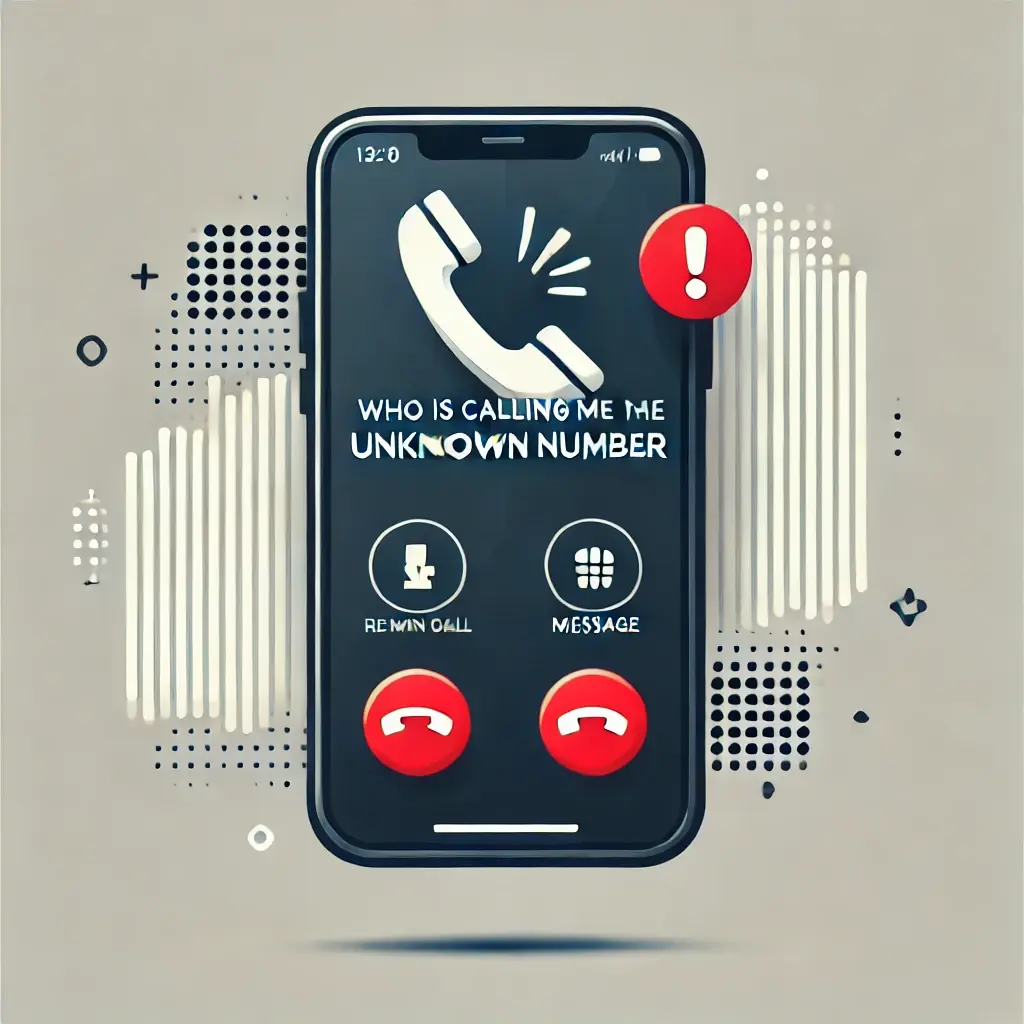
Identifying unknown callers requires the right tools and methods. With advancements in technology, both online and mobile applications have made reverse lookup more accessible than ever.
Online Reverse Lookup Tools
A variety of websites now offer reverse phone lookup services. These tools allow you to simply input the number in question and receive a report that might include:
- The caller’s name.
- Location details.
- Service provider and potential scam indicators.
Some popular online tools include:
- TrueCaller: A global service that provides crowd-sourced information.
- Whitepages: Offers detailed reports in several countries.
- WhoCallsMe: A community-driven platform where users report spam or scam calls.
For a comprehensive list of these tools, check out our internal article on Top Reverse Phone Lookup Tools.
Mobile Applications for Caller ID
Smartphone users have access to a range of mobile apps designed specifically for caller identification. These apps not only display the caller’s identity but also integrate with your phone’s system to provide real-time alerts. Features often include:
- Call blocking and spam filtering.
- Integration with social media profiles.
- Community ratings and feedback.
Apps such as Hiya and CallApp are popular in various regions, including the UK, Australia, and the United States. Their databases are continuously updated by millions of users, making them a reliable source for queries like “who is calling me from this number free”.
Social Media and Public Directories
Social media platforms and public directories have also become valuable resources. By cross-referencing the number with public profiles on platforms like Facebook, LinkedIn, or Twitter, you might uncover more details about the caller’s identity. This method can be particularly useful if you are trying to determine “who is calling me from this mobile number UK” or “can i see who is calling me from this number” using publicly available data.
Comparison of Caller Identification Tools
Below is a table comparing key features of popular reverse lookup services:
| Service | Free Service | Paid Service | Mobile App Available | Global Coverage | Region-Specific Data |
|---|---|---|---|---|---|
| TrueCaller | Yes | Premium version | Yes | Yes | Yes (including UK, Australia) |
| Whitepages | Limited | Yes | Yes | Primarily US; limited global | Limited (UK versions available) |
| WhoCallsMe | Yes | N/A | No | Yes | Community-driven, varies by region |
| Hiya | Yes | Yes | Yes | Yes | Yes (detailed data for major cities) |
| CallApp | Yes | Yes | Yes | Yes | Yes (with strong UK and US data) |
This table offers a snapshot of which service might be best suited for your needs based on functionality, availability, and regional focus.
Free vs. Paid Caller Identification Services
One of the most frequently asked questions is whether free services are sufficient for identifying calls or if a paid service is required. This section will break down the pros and cons of each.
Advantages and Disadvantages Table
Below is a table that compares the pros and cons of free versus paid reverse lookup services:
| Aspect | Free Services | Paid Services |
|---|---|---|
| Cost | No financial commitment; ideal for occasional use | Requires subscription or one-time fee |
| Data Detail | Basic information (name, location) | Comprehensive reports (full addresses, call history) |
| Data Frequency | May not update as frequently; data might be outdated | Regular updates; real-time accuracy |
| Advertisements | Often ad-supported; may include distractions | Minimal ads; cleaner user experience |
| User Support | Limited support; community-driven feedback | Dedicated customer support and enhanced privacy measures |
This table clarifies the trade-offs between cost and the depth of information available, helping you decide which option is right for your needs.
Advanced Techniques for Effective Caller Identification
For those who want to go beyond basic reverse lookup, there are several advanced techniques and tools available that can provide even more in-depth information about the caller.
Data Aggregation and AI Integration
Modern reverse lookup services increasingly rely on data aggregation and artificial intelligence. The following table summarizes these advanced techniques:
| Technique | Description | Benefits |
|---|---|---|
| Data Aggregation | Combines public records, social media data, and user reports for comprehensive details | Higher accuracy and more complete caller profiles |
| AI and Machine Learning | Utilizes pattern recognition and predictive analytics to improve matching and flag suspicious calls | Enhanced detection of scams and real-time alerts |
| User-Generated Feedback | Crowdsourced reporting to flag numbers associated with scams or unwanted calls | Community-driven insights and validation |
By leveraging these advanced methods, you can significantly improve the reliability of your reverse lookup results.
Best Practices for Caller Identification and Personal Security
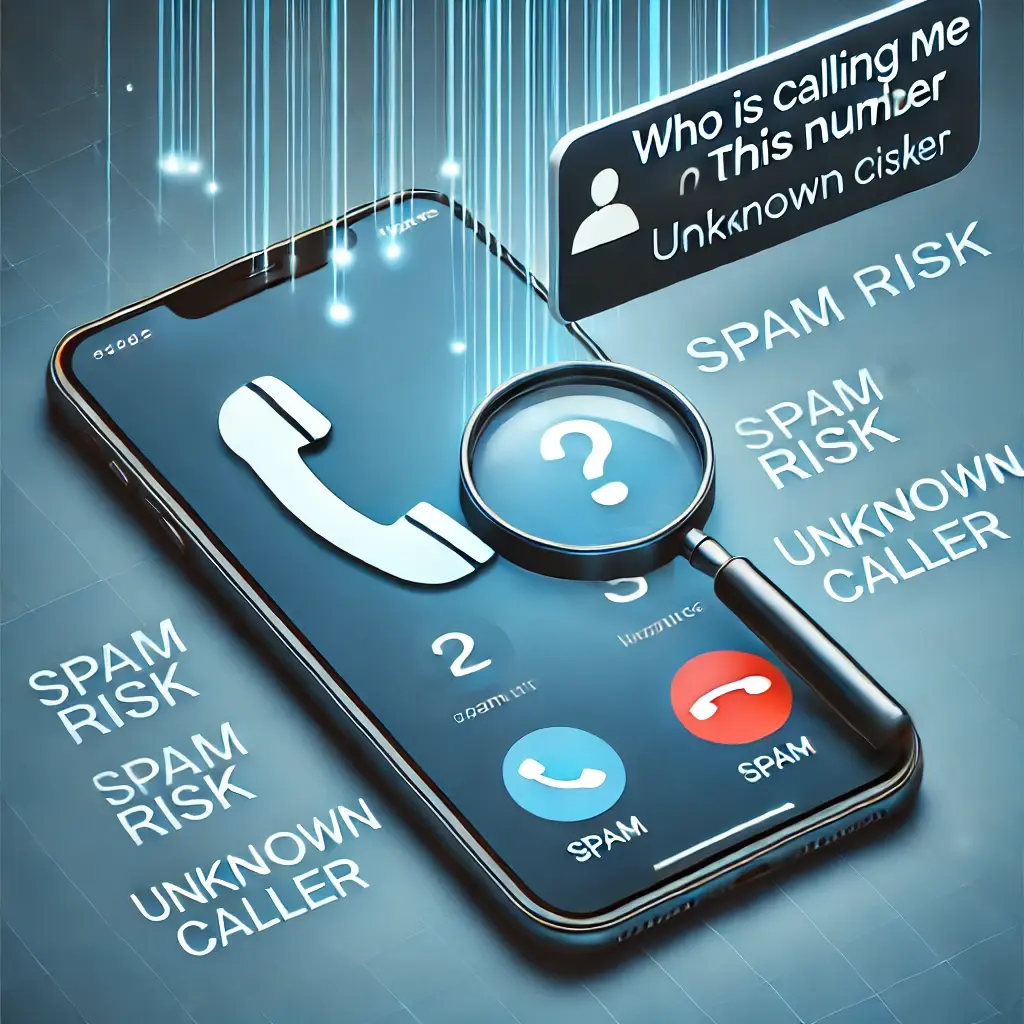
Whether you’re trying to find “who is calling me from this number” or protect yourself from potential fraud, adopting best practices can significantly improve your security and efficiency.
Verify Before You Answer
One of the simplest yet most effective strategies is to verify unknown numbers before engaging. Consider the following table of best practices:
| Practice | Action | Outcome |
|---|---|---|
| Use Reverse Lookup Tools | Quickly search the number before answering | Reduces risk of engaging with scams |
| Check for Red Flags | Look for multiple scam reports or suspicious area codes | Helps identify potentially fraudulent calls |
| Cross-Reference Information | Use multiple services for verification | Increases overall accuracy |
Maintaining Your Privacy
Protect your personal information with these steps:
- Limit Sharing Personal Information: Never disclose sensitive details unless you are certain of the caller’s identity.
- Review App Permissions: Regularly check that caller ID apps have appropriate permissions.
- Stay Informed: Follow trusted cybersecurity blogs to keep up-to-date with the latest scams.
Read more 0117 Area Code
Update Your Contact Management
Keeping an organized contact list is essential:
- Label Contacts Clearly: Include details obtained from reverse lookup tools.
- Block Spam: Use built-in spam filters and block persistently flagged numbers.
Utilize Community Knowledge
Online communities can be a great resource:
- User Reviews and Reports: Platforms like Reddit or specialized forums offer real-time feedback on suspicious numbers.
- Share Your Experiences: Help others by reporting scam numbers on sites like WhoCallsMe.
Frequently Asked Questions (FAQ)
1. Can I see who is calling me from this number?
Yes, many reverse phone lookup services and caller ID apps allow you to see details about an unknown caller. Depending on the service, you may be able to access the caller’s name, location, and user reports regarding the number.
2. Who is calling me from this number UK?
If you are based in the UK, local reverse lookup services can provide detailed, region-specific information. These services pull data from public records, telecom providers, and community reports to answer “who is calling me from this number UK”.
3. Is there a free service to check who is calling me from this number?
Yes, several services offer free basic reverse lookup features. For instance, platforms like TrueCaller and WhoCallsMe are excellent starting points for queries like “who is calling me from this number free” or “who is calling me from this number UK free”. For more detailed information, paid services might be necessary.
4. How accurate are the results from reverse lookup tools?
The accuracy of results can vary by service and region. In urban areas like London or regions such as “who is calling me from this number near Manchester UK”, data tends to be more current due to a higher volume of user reports. Always cross-reference if the information is critical.
5. What should I do if I suspect a scam call?
If you suspect the call is a scam, avoid engaging. Use reverse lookup tools to gather information and consider blocking the number if multiple sources flag it. Report the incident to local authorities or your mobile service provider for further assistance.
6. Are there mobile apps that can help identify who is calling me from this mobile number?
Absolutely. Apps like TrueCaller, Hiya, and CallApp offer real-time caller identification and additional features such as call blocking and spam filtering. These apps are particularly useful for queries such as “who is calling me from this mobile number UK”.
7. What legal protections are there for my privacy when using reverse lookup services?
Reverse lookup services adhere to data protection regulations, such as GDPR in Europe. While you can access public data, sensitive personal information is generally protected. Using reputable services ensures that your own privacy is safeguarded.
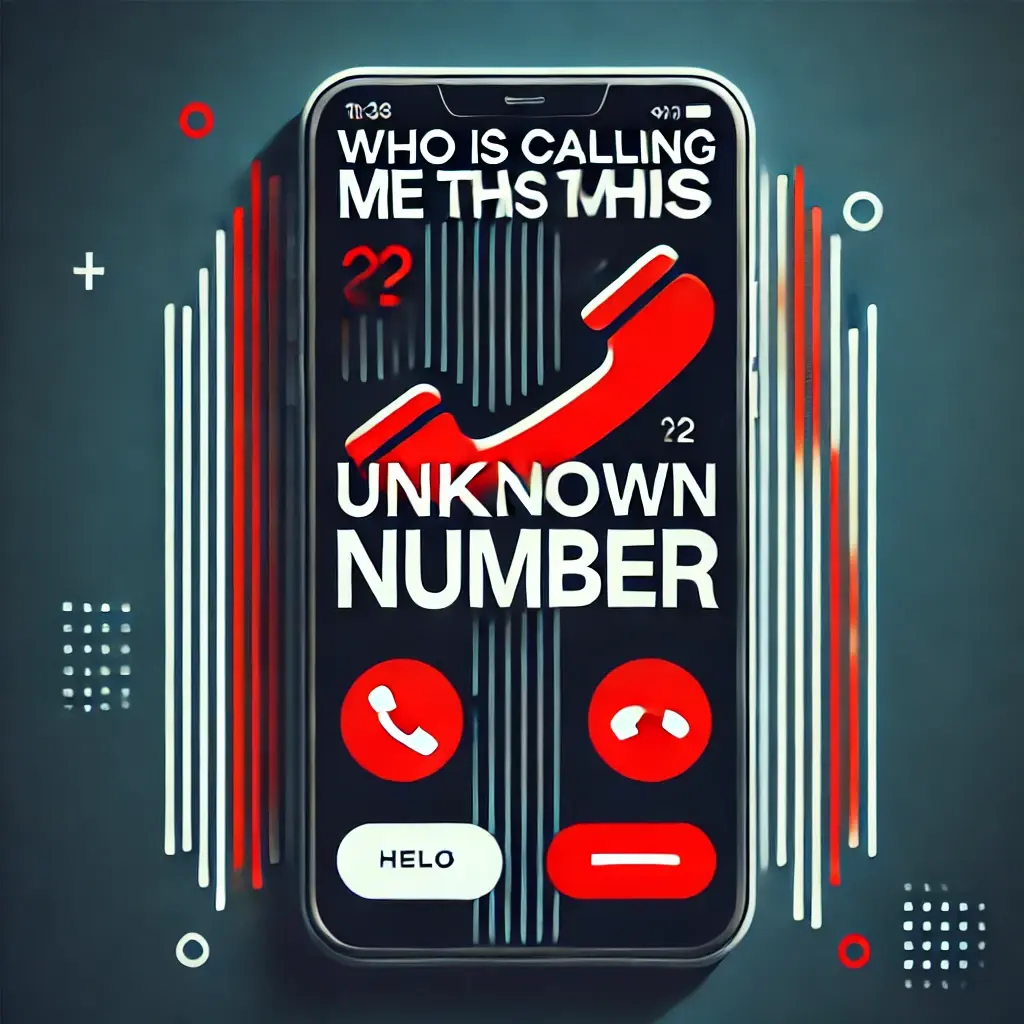

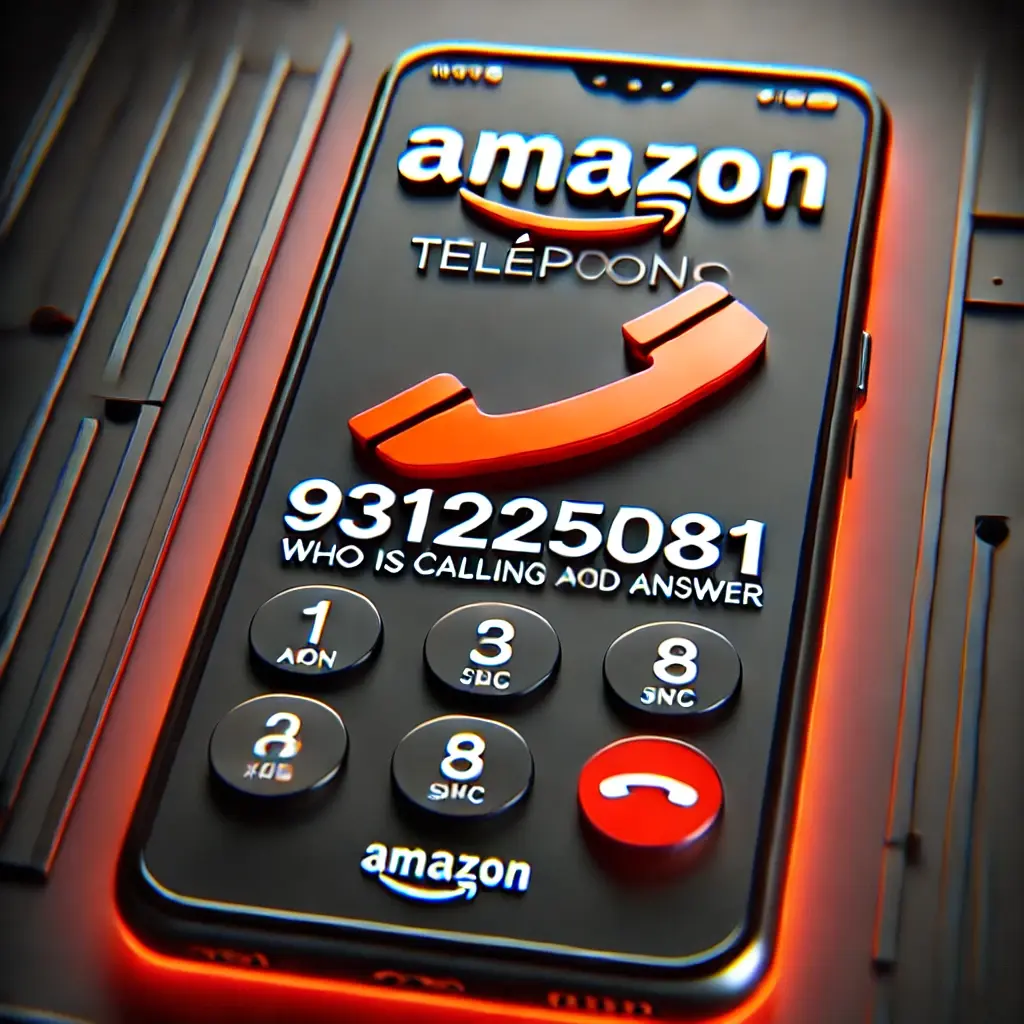
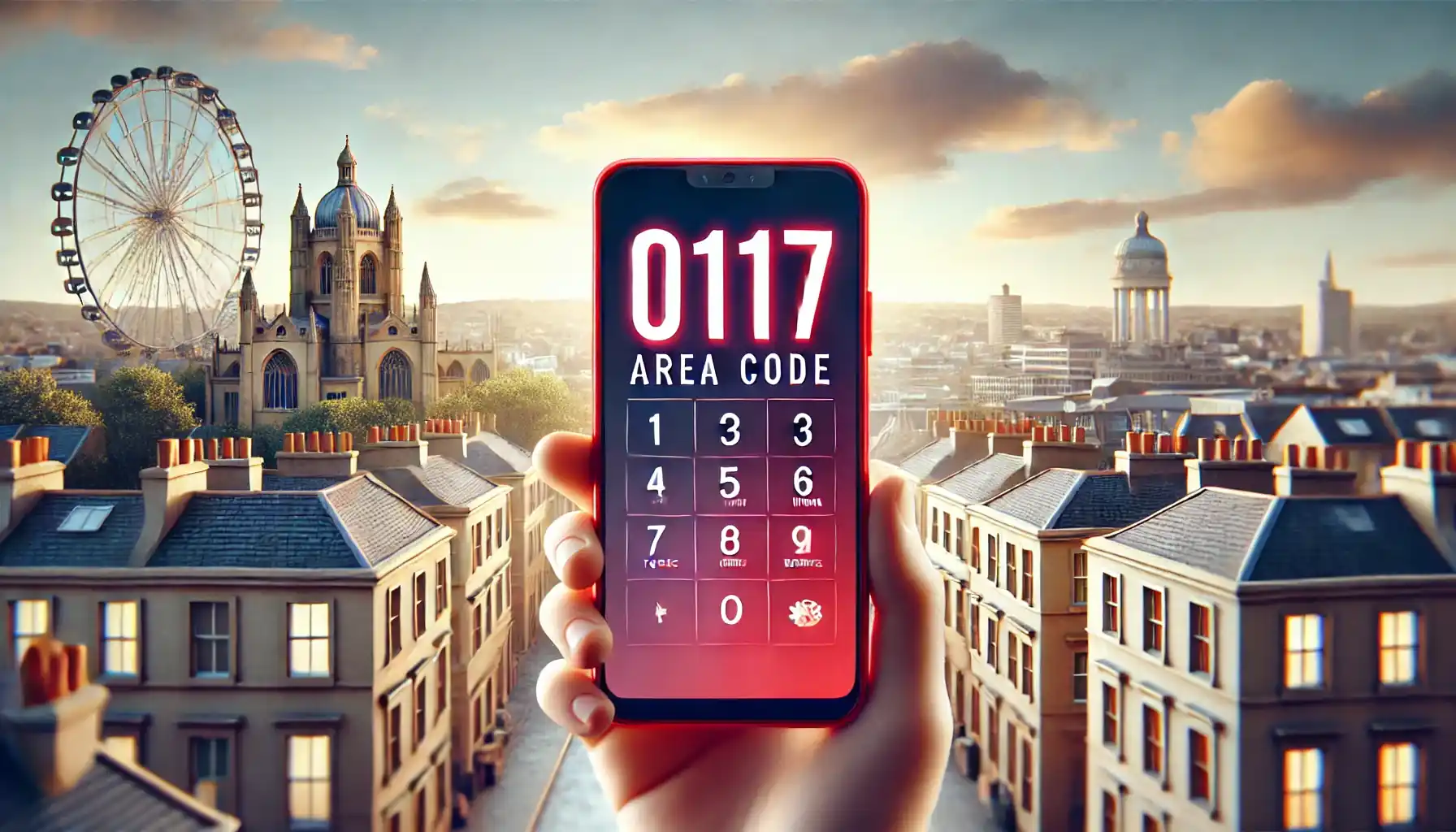
Post Comment